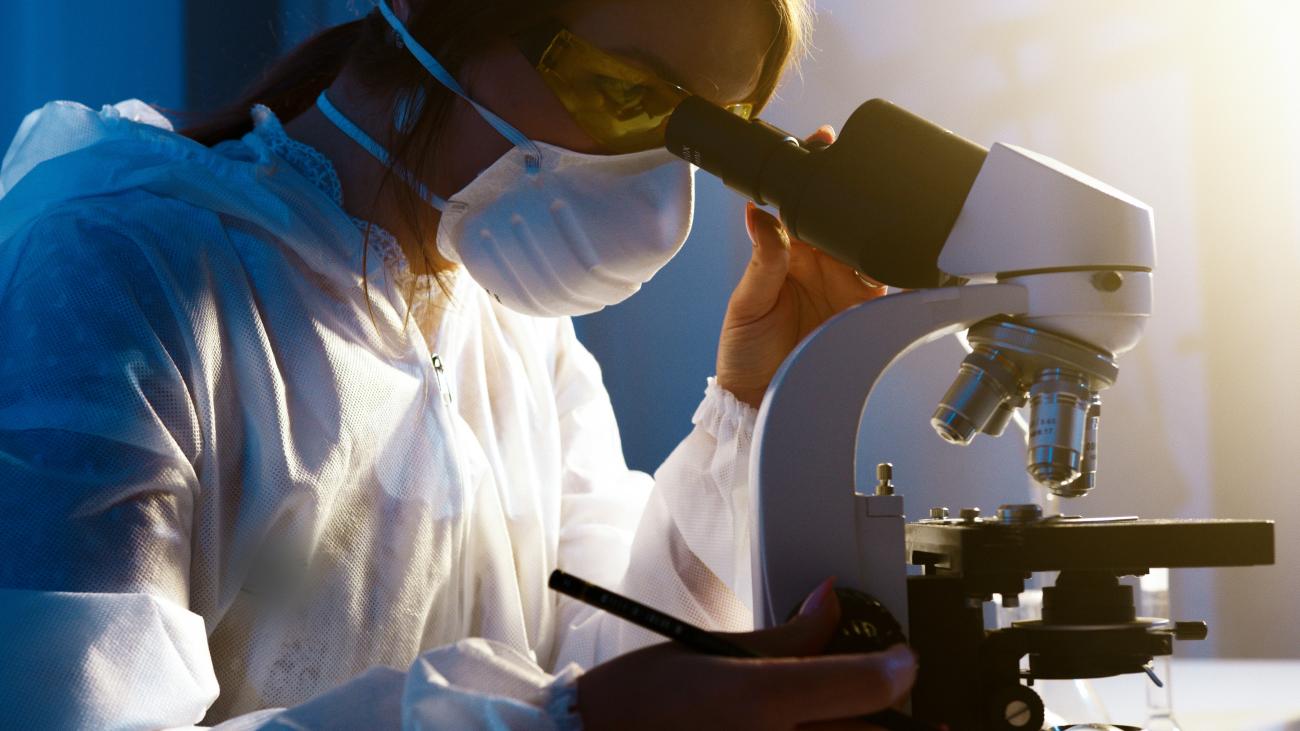Database providing access to the High Technology Network's industrial research offering: research competences, type of analyses and tests available at the Laboratories. Companies can consult the Catalogue to find Laboratories and researchers that match their needs.
Competence
Analysis of the physical, rheological, chemical, microbial, and sensorial properties during storage
Analytical tests for shelf-life characterization
Biosensors (enzymes, cells, antibodies,analyte and ions)
Characterization of microbial components, vegetal and animal species
Characterization of the composition of food products
Chemical, gas, indoor air quality sensors, Lab-on-Chip
Consumer science
Definition of product specifications and analytical methods of verification
Design of experiment (DoE) and Food Design to study interaction between formulation and process conditions
Detectors of ionizing radiation (X-rays, gamma, radon)
Electrical, power and magnetic sensors
Energy harvesting
Evaluation of typicality by flavour analysis, markers of authenticity and chemometrics
Experimental studies of formulations and processes: use of bioactive components from out-streams or by-products
Improvement of process efficiency for saving direct and indirect costs
Input-output correlations to assess operational parameters
Integrated electronics of control and front-end, with analysis of the accuracy of the acquisition chain
Lab trails and scale-up to pilot plants of experimental production diagrams; check of the physical, chemical and sensorial characteristics
Mechanical sensors (accelerometers, gyroscopes, strain gauges, microphones); Tactile , force, torque sensors. Doppler laser sensors
Methods to increase functional molecules and decrease undesired contaminants in local food
Microbial kinetics during food storage
Modification of technological processese to improve quality of local products
Molecular traceability and chemometrics to define food quality and tipicality
Monitoring of chemical, physical, and biochemical characteristics (enzymatic activity and kinetics) during storage
Non-conventional thermal and non-thermal technologies for product stabilization, extraction, and conservation
Numerical simulation to define process-product interaction
On-line product control feasibility for process optimization
Operator practical training for process control and lab tests
Optical sensors, waveguides and photonic structures, optics fibers
Optimization of processing conditions by desing of experiments (DoE) for product development
Packaging integration
Panel test evaluation and sensorial analysis of local food
Physical, chemical, sensorial and microbial characteristics of traditional foods
Product processing design: algorithms for automatic predictive control
Production flow chart, raw material HACCP and QFD, formulation, packaging and conservation conditions
Proteomics in animal food
Quality characterization of local products by HR-NMR e solid phase NMR
Quality optimization of raw material for local product production
Satellite sensors (GPS, GLONASS, Galileo ....)
Sensorial analysis of food products to assess the effects of process or raw material modification

